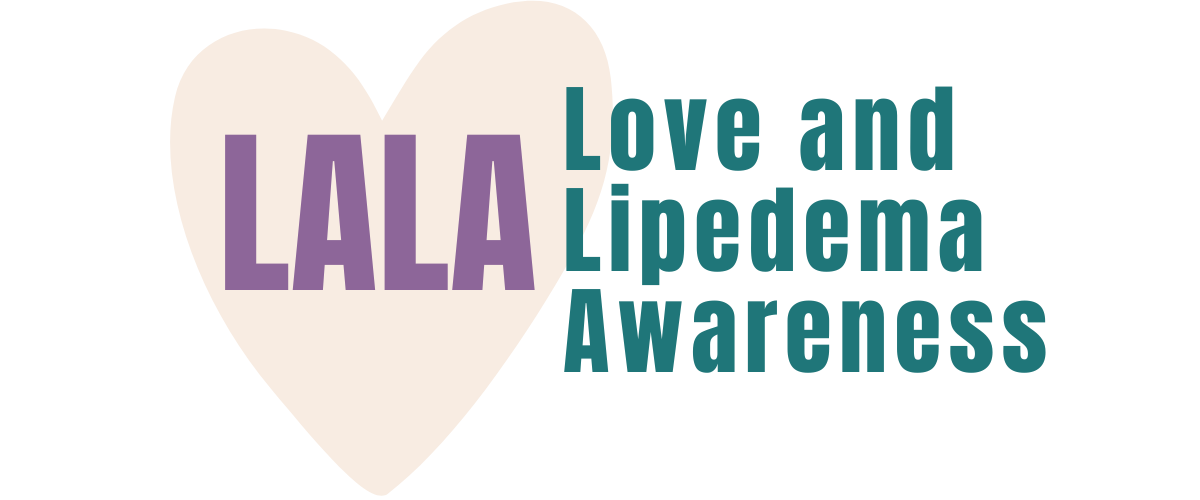Lipedema Types
Looking through lipedema pictures can be a bit confusing. There are stages of lipedema, and there are lipedema types. At first glance, there are many people you would not assume had lipedema. There are also people with certain characteristics that stand out and leave no question as to whether or not they have this connective tissue disease.
In my many years of trying to figure out what was going on with my body, I read about lipedema multiple times. I knew that my thighs looked like thighs in many of the images, but I still had small ankles, and my arms and abdomen were affected. In my 30s, I had a hysterectomy. When the surgeon sent me my images and video from surgery, I googled the images of the fat inside of my abdomen. It definitely matched the images of lipedema fat. I dug a bit further into my research and found that lipedema can certainly affect arms, and the abdomen. As a matter of fact, over 80% of people have lipedema in their abdomen by stage 3.
Very commonly, you will read that people with lipedema have ankle cuffs, or a small waist and larger lower half of their body. While those are common traits in some, there are actually multiple types of lipedema and the trunk and arms are often affected. Lipedema can be present from head to toe.
There are lipedema types classified based on common presentation. Note that just because you don’t specifically fall into one category or another, types may be combined, and your particular type may not be listed.
Types 1-5
Type I: The fat is between the navel and the hips. It often covers the pelvis and buttocks.
Types 1-5
On this chart, I have stages 3 & 4 combined, since there is no number with all 3 areas.
Type 2: The fat is around the pelvis and down to the knees.
Type 3: The fat begins at the pelvis and continues down to the ankles. A person with this stage may have a prominent cuff of fat at the ankle.
Type 4: The fat spreads from the shoulders down to the wrists.
Type 5: The fat is predominantly on the calves.
Type A & B
There are also Types A and B
Types A & B
On this chart, I am type A, as my ankles are not affected, though my calf is.
Type A: Allen and Hines Phenotype
In type A, the ankles are small and the leg gets gradually bigger moving up.
Type B: Moncorps “Rusticanus”
In type B, the calves are a tubular shape, with ankles similar size to the calf.
Final Thoughts
Lipedema is a complex condition with a wide range of presentations. While there are some common traits, there is definitely no one size fits all in this diagnosis. If you feel like you may have lipedema, it is time to start looking for a doctor who is familiar with the condition. There is treatment and support available. In the meantime, you can find more info here. Feel free to contact us if you have any questions. <3


